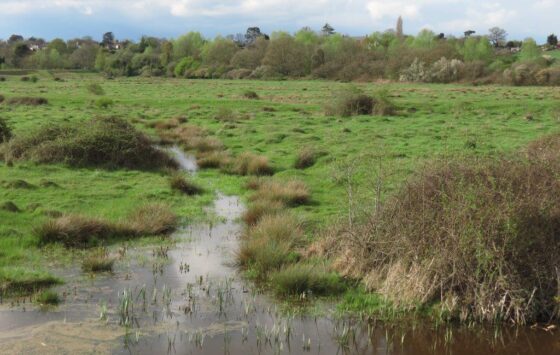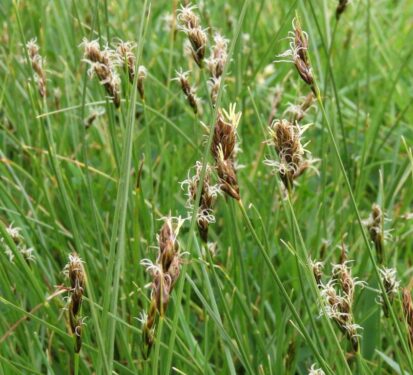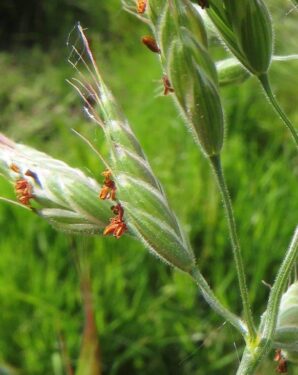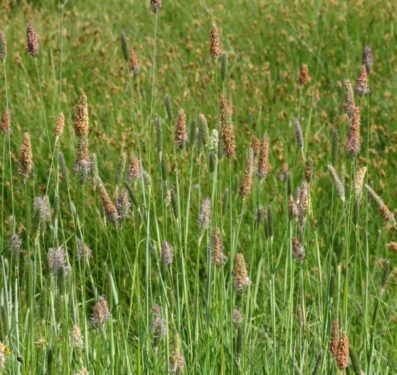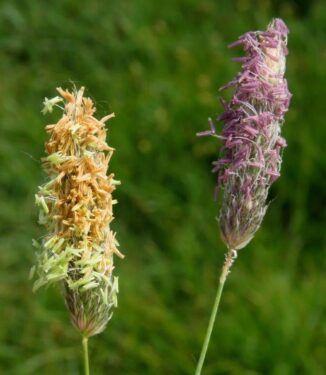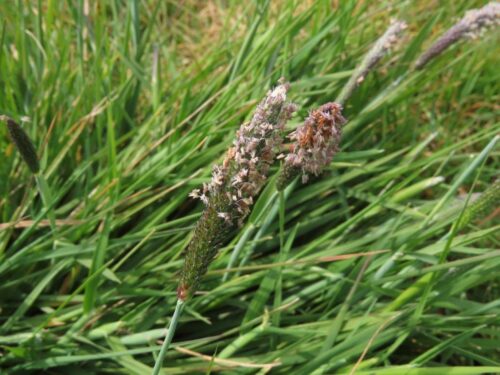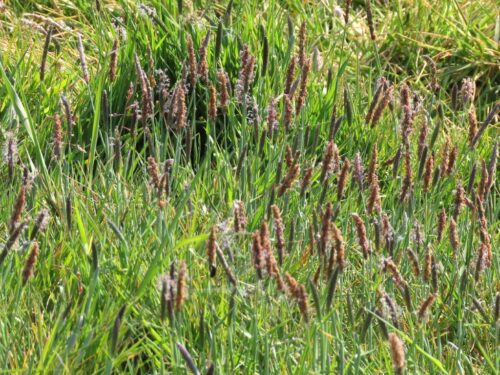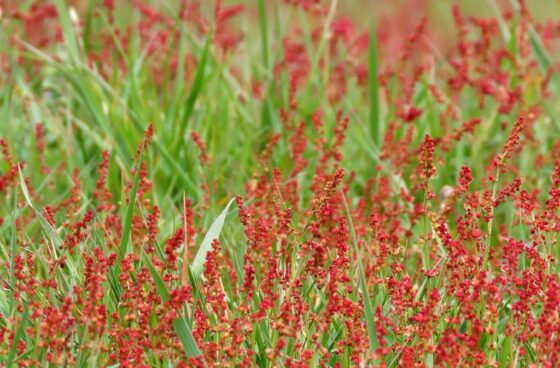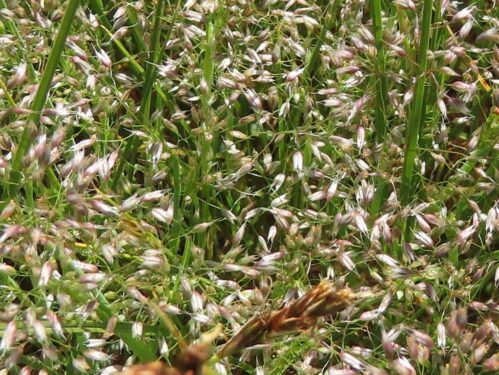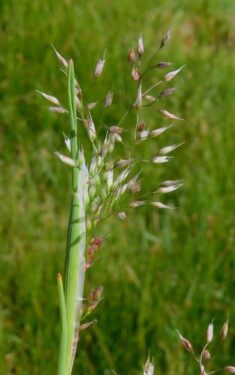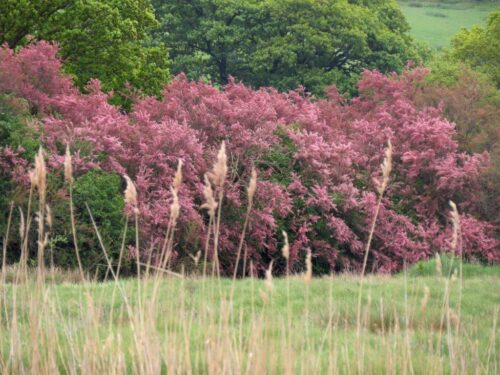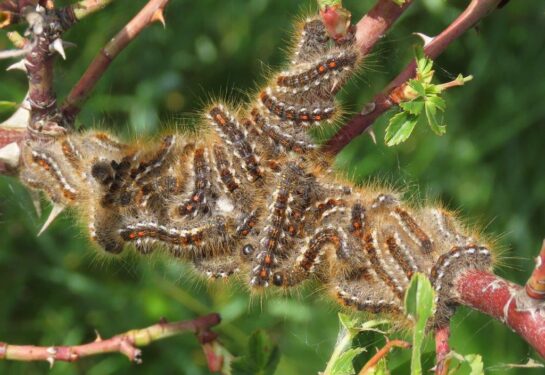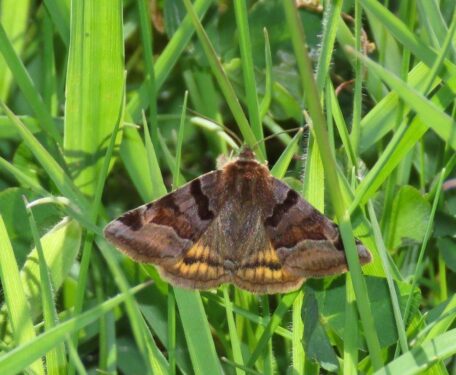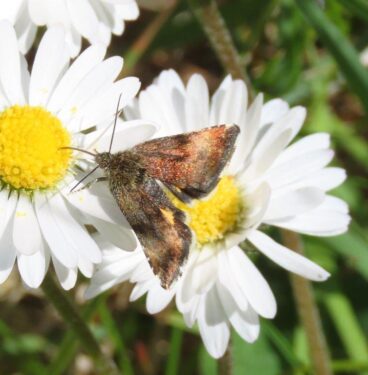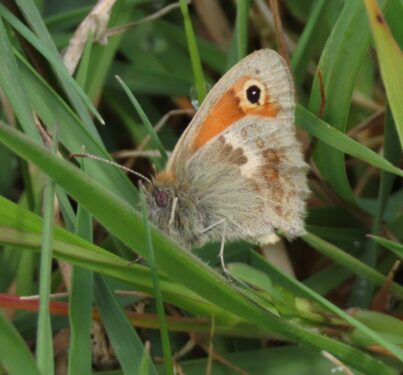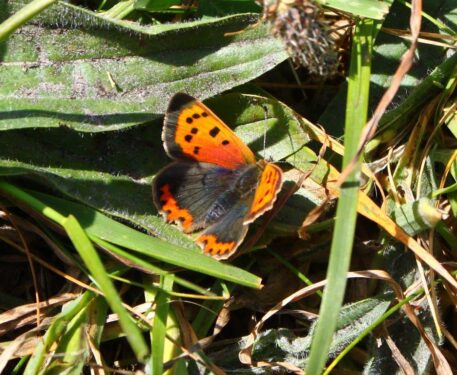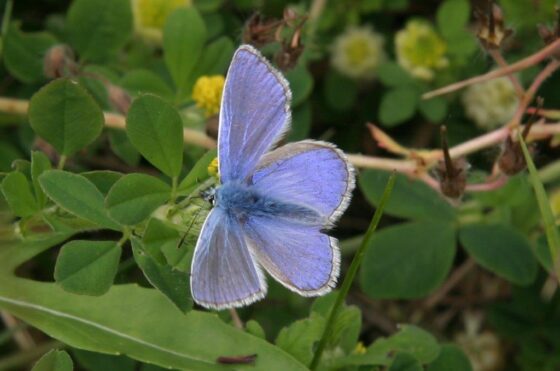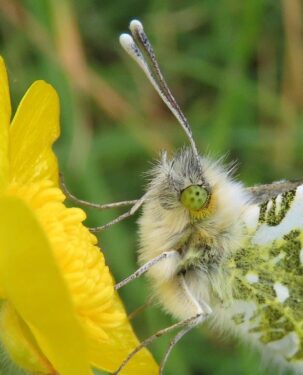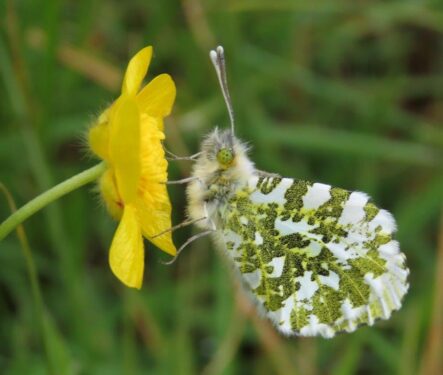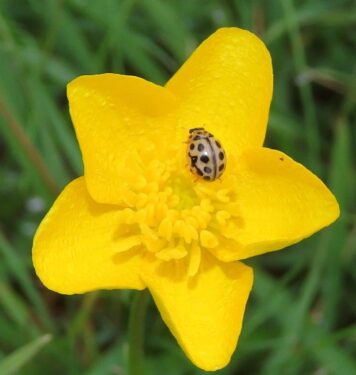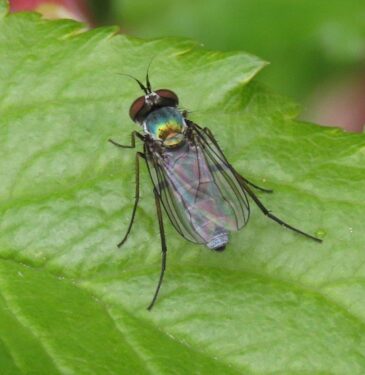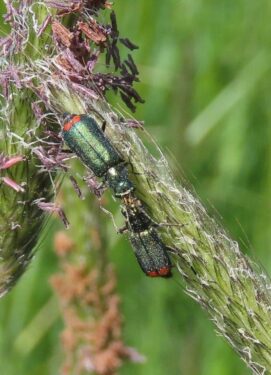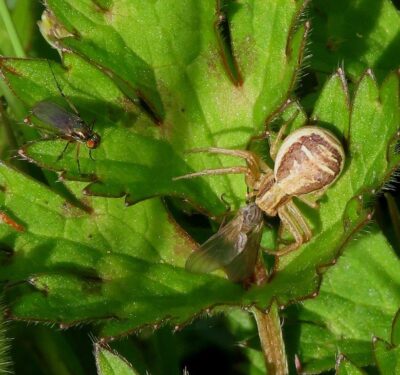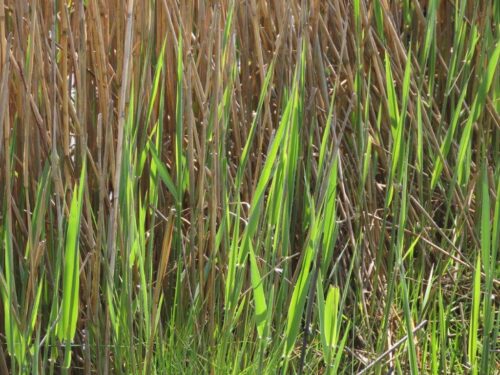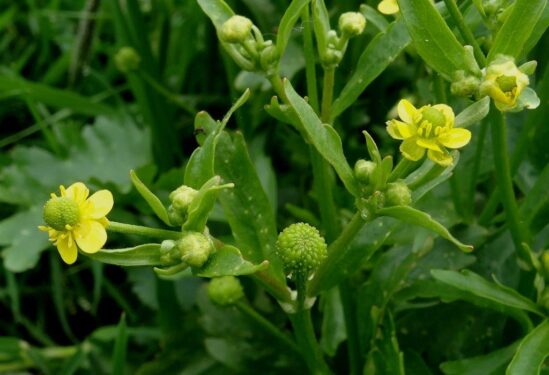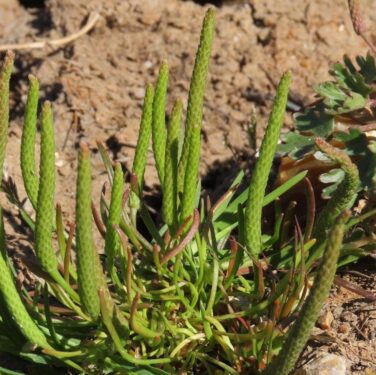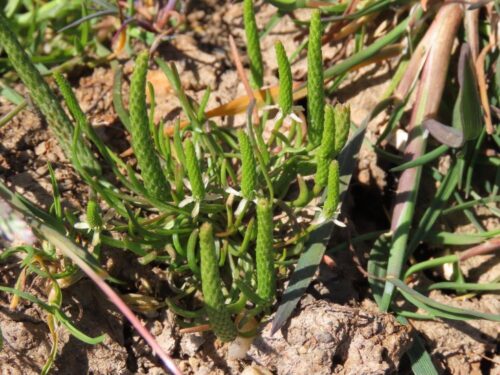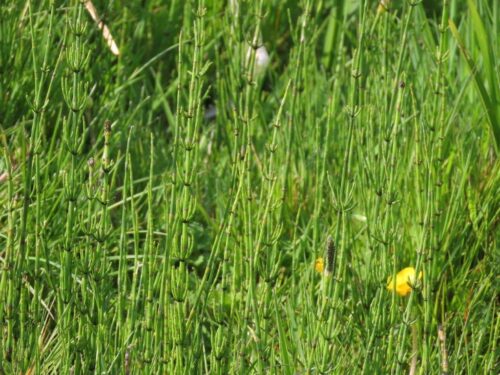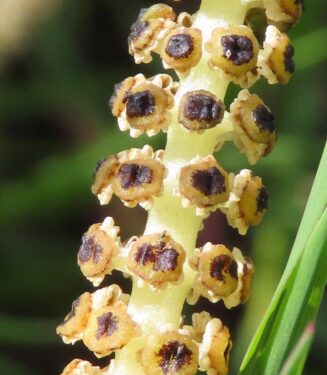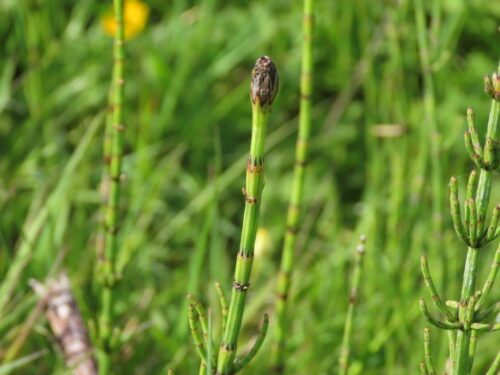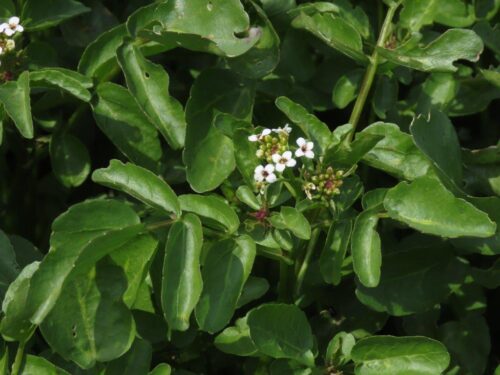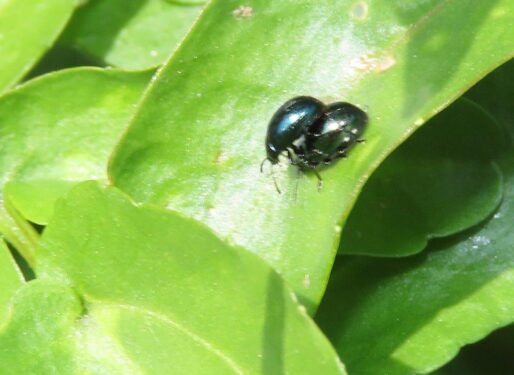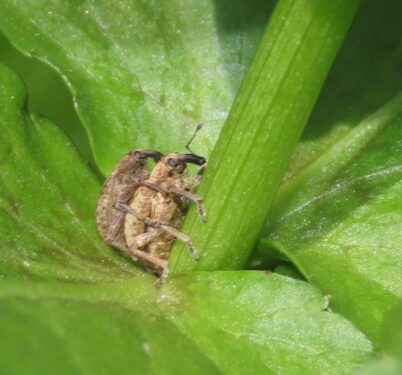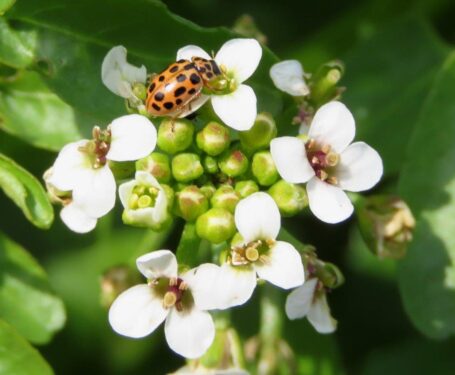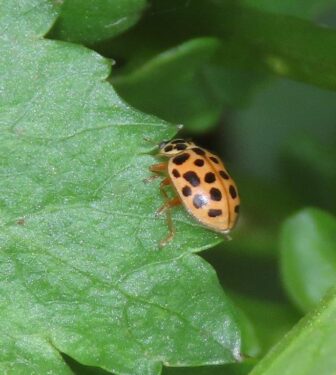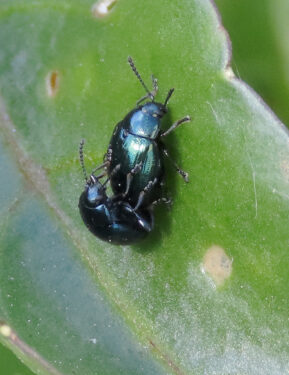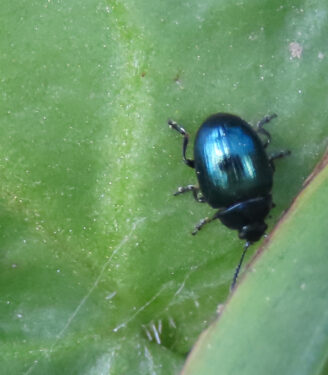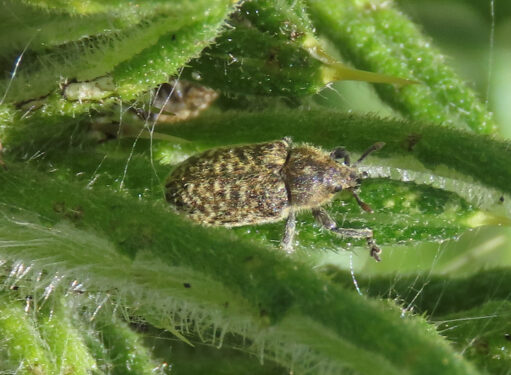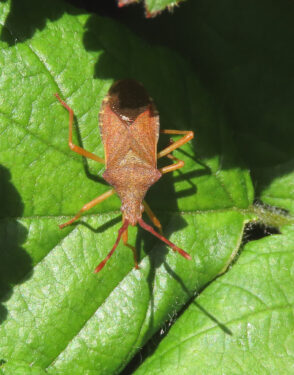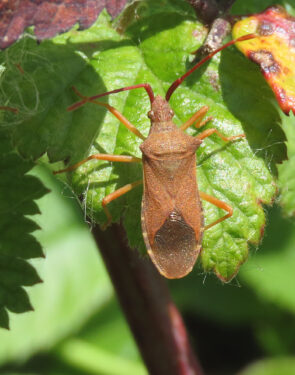Six weeks ago, we wrote about Wivenhoe’s Barrier Marsh, in particular the ant-hills (and their associated flora) which are such a striking feature of the marsh surface, especially east of The Chase. As lockdown has continued, we have found ourselves visiting much more frequently than ever before (it is only a couple of hundred metres from our flat) and we have now seen spring unfold there.
I have known Barrier Marsh for some 35 years, since before the building of the tidal surge barrier (and hence its name): indeed, in 1992, I was responsible for notifying the area as a Site of Special Scientific Interest. The reasons for designation were the range of nationally scarce plants it supported, together with its diversity of ditch vegetation types, reflecting the gradient from salt, through brackish, to fresh water. Since moving here, we must have traversed the marsh dozens of times, but clearly we have never looked as closely at it as we have done during lockdown: the variety of unusual plants and invertebrates we have seen this month alone bears witness to that.
While the ditches that ramify through the marsh are home to much of its special interest, it is clear that the grassland matrix between watercourse is also valuable. Over the past few weeks, Divided Sedge, one of the nationally scarce plants responsible for its status, has revealed itself as abundant right across the marsh. And as we moved into May, so the grasses came into flower, most noticeably Meadow Foxtail (in two main colour forms, one ‘foxy’, the other less so) and Soft Brome, with braided rivulets of creeping Marsh Foxtail in the low ways and depressions, the remnants of former salt marsh creeks before the building of a sea wall took away the tidal influence.
Higher, drier patches of grassland, including The Chase itself and the tops of many of the ant-hills, are picked out in red with Sheep’s Sorrel, interspersed with twinkling highlights of Silvery Hair-grass.
The Tamarisk has just started to flower along the old railway line – its buds have a deep pink colour, and as the flowers open to reveal paler coral petals, so the bushes will take on a more muted hue.
Seemingly every bush, mostly Bramble and Dog Rose, across the marsh is covered with the silken retreats and massed ranks of Brown-tail Moth caterpillars. A favoured prey of Cuckoos, notwithstanding their cloak of irritant hairs, these are one reason no doubt for Cuckoo calls being a constant feature of the last week – the other being Reed Warblers breeding in the ditches.
Two day-flying moths are on the wing now, neither of which are common hereabouts, and both of which show orange on the hindwings: Burnet Companion (whose larvae feed on clover and trefoil, both likely to become obvious over the course of the summer) and Small Yellow Underwing. This feeds on Mouse-eared Chickweeds, one of the plants we have already featured on the ant-hills.
In warm sunshine, it has started to feel a lot like summer, and emerging butterflies have contributed to that impression. Our first Small Heath, Small Copper and Common Blue of the year all popped up in the past week, while Orange-tips continued on the wing: this surprisingly quiescent individual allowed especially close approach, to appreciate its lichen-mottled underwings and the wonderful eye-pattern.
Three or four species of flowering buttercup hosted lots of visiting insects, including the tiny, scribble-sided 16-spot Ladybird, while other insects included the wonderfully metallic long-legged fly Argyra, and an emergence of Two-spotted Malachite Beetles, the pair below, head to head, indulging in courtship ‘kissing’, transmitting bonding pheromones
And as always, where there are insects visiting flowers, there are predators cashing in, like this Xysticus crab spider enjoying lunch.
Moving to the ditches, last year’s colour-drained Reeds are being speared by new emerald shoots…
… and Celery-leaved Crowfoot is springing up. Doubly nominative, its leaves look a bit celery-like (but poisonous!), and its scientific name is sceleratus. From the Latin for ‘ruffian’, its sap was once used to blister and darken the skin as an aid to successful begging.
It was especially exciting to find some lovely patches of Mousetail, a scarce buttercup relative we haven’t seen here before, in cattle-poached holes by the ditches. This is nationally scarce plant, classed as Vulnerable in the UK Red Data List, and would have contributed to the designation of the SSSI had it been known about all those years ago. We know of a couple of other localities towards Clacton, but it certainly isn’t a regular cornfield weed in the corners of fields where the sprayers cannot reach as it used to be.
Another good find was several patches of Marsh Horsetail. Again, we have never found that on the marshes before, and it is really quite scarce in north Essex – the Wild Flowers of North East Essex in 1990 showed it in just four spots east of Colchester, and not on Barrier Marsh. But neither does that atlas show it on what is now Cockaynes reserve, where it is now common in places round the lagoons…although that is not too surprising given that at that time, Cockaynes Wood covered the whole area, an extensive ancient woodland that preceded gravel extraction from its heart.
Watercress in the ditches is just starting to come into flower, and it was simply crawling with insects, albeit rather challenging to photograph, given the deep, muddy ditch margins. The shiny, metallic blue-black Watercress Leaf-beetle is a case in point: I shall be back to try and get a better image soon! Although widespread in England, it seems to be almost absent from Essex, but numerous here, along with, intimate weevils, and many Water Ladybirds, again new to us in these parts…
Who knows what the rest of lockdown will bring!
POSTSCRIPT from 12 May
All it takes is a couple of days, and at this most dynamic time of year, everything can change. And that was the case: Water Ladybirds were nowhere to be seen, although there were still plenty of Watercress Leaf-beetles, and they were more amenable to photography. Both may be explained by temperatures being 10 degrees cooler…
Nestled into a Spear Thistle, the scarce, bristly weevil Rhinocyllus conicus was good to see…
…and in the hedge, there had clearly been an emergence of the Box Bug, a new arrival in these parts only around five years ago.
